
Vertigo is a sensation of dizziness that comes with feeling the surroundings are spinning, but actually, it is not. Benign paroxysmal positional vertigo, or BPPV, is the most common vertigo that comprises 17% to 42% of total vertigo cases1. Semont vertigo manoeuvre is found to be an effective intervention strategy to reduce symptoms of vertigo.
The symptoms of BPPV include a feeling of lightheadedness and feeling as if the surroundings are spinning. Sometimes, it is associated with nausea and vomiting. The characteristic that separates BPPV from other vertigo is a brief spinning sensation, which usually lasts less than 1 minute, generally induced by a change in head position with respect to gravity1.
For example, vertigo and dizziness can occur when waking up and lying down in bed in the morning. When feeling dizzy, the person should sit down as he may lose balance and fall, hurting himself.
However, BPPV can be effectively treated with vestibular rehabilitation therapy and a simple technique called the Semont manoeuvre that involves a series of positions. In this article, we will take a closer look at the Semont manoeuvre and how it can help alleviate the symptoms of BPPV vertigo, allowing people to regain their sense of balance and quality of life.
How to cure vertigo permanently? Semont maneuvre explained
Semont manoeuvre is very effective in curing BPPV vertigo, it involves a series of positions designed to move the calcium crystals out of the semicircular canals and back into the utricle where they belong. One of the important causes of BPPV is when tiny calcium crystals become dislodged from their usual position in the inner ear and float into the semicircular canals.
This causes a disturbance in the vestibular system that sends postural balance signals to the brain, and one feels dizzy.
To better understand the cause, let us start with a bit of internal ear anatomy. Our internal ears have semi-circular canals, a very sensitive fluid-filled organ that plays a crucial role in balancing our body. Observe how easily we stand on two legs without falling.
We walk, run, and do complex activities, all of which require maintaining postural stability and balance. You might also have observed we feel dizzy when we suddenly stop spinning. Read this for more information: Why do we get dizzy when we spin?
The semi-circular canal has the primary function of maintaining balance, especially during the movement of the head. Any damage to the canal will result in imbalance and dizziness.
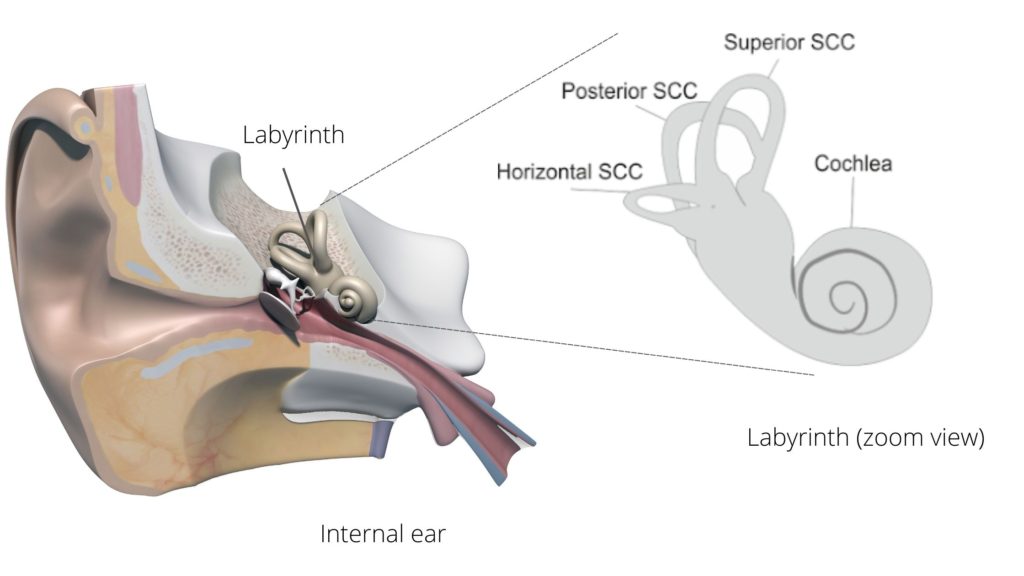
As you can see in the figure, the labyrinth has semicircular canals. The three parts of the semicircular canal are the anterior/superior semicircular canal, posterior/inferior semicircular canal and horizontal/lateral semicircular canal.
The semicircular canals lie perpendicular to each other and on each plane (horizontal, vertical, posterior). They are filled with a fluid called endolymph. When the head moves, this endolymph also moves freely within each canal. A sensory receptor cell (hair cell) is located in the cupula.
When the endolymph moves, it bends the hair cells, and this information is sent to the brain. The brain, in turn, processes the signal and helps maintain balance. Each semicircular canal responds best to movement in its plane.
That is, when the head moves in a horizontal plane, the horizontal semicircular canal responds to it. Any lesion to the semicircular canal results in false information sent to the brain. The brain gets confused, which causes the illusion of the surroundings being spinning.
BPPV is caused by vertigo ear crystals falling from the utricle into the semicircular canal1. This results in false information being sent to the brain, leading to vertigo and dizziness.
Steps of Semont vertigo manoeuvre
Semont vertigo manoeuvre is a repositioning manoeuvre aimed to clear the semicircular canal of the floating debris so that it can facilitate the migration of debris to the utricle where otoconia are usually resorbed2. It is very effective in treating BPPV vertigo, and there is substantial research evidence of its efficacy.
In one study, 278 participants suffering from unilateral BPPV were exclusively treated with Semont manoeuvre, and the result was encouraging3.
This vertigo manoeuvre cured 90.3% of the participants after a maximum of 4 sessions. However, patients with late symptoms, i.e., >6 months after the beginning of symptoms or having traumatic BPPV, had lower recovery rates.
Step 1: Sit straight and turn head to healthy ear
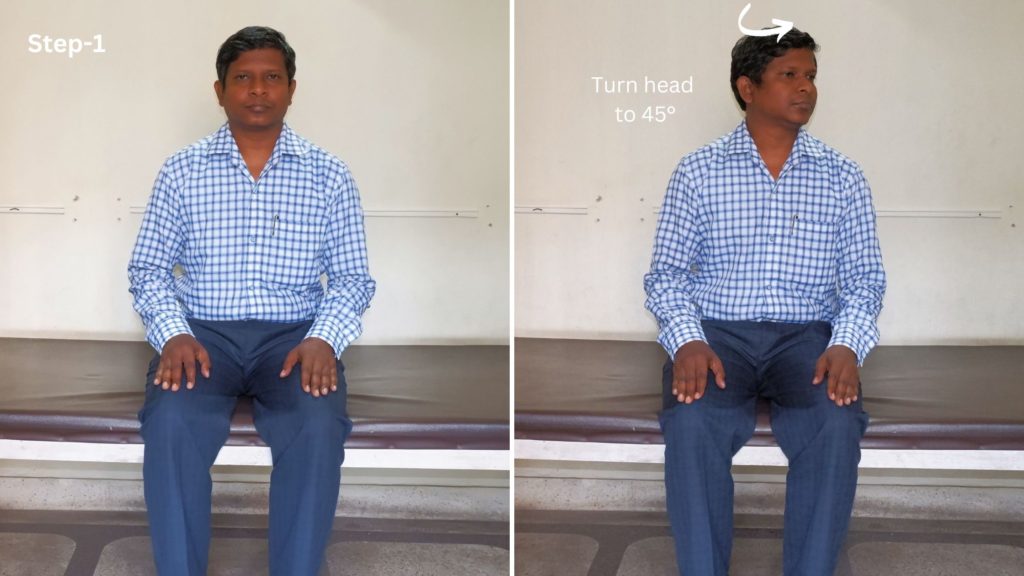
In the first step of the Semont vertigo manoeuvre, sit straight on the edge of a bed with your legs hanging off the side and turn your head at a 45° angle to the unaffected(“healthy”) ear side.
In the above figure, the right ear is affected, so the head is turned to the left side. Here, you have to remember that you do not have to turn your head completely to the left side; instead, turn midway to a 45° angle. Keep this position for 1 minute and then follow the next step.
Step 2: Lie down on the unaffected side
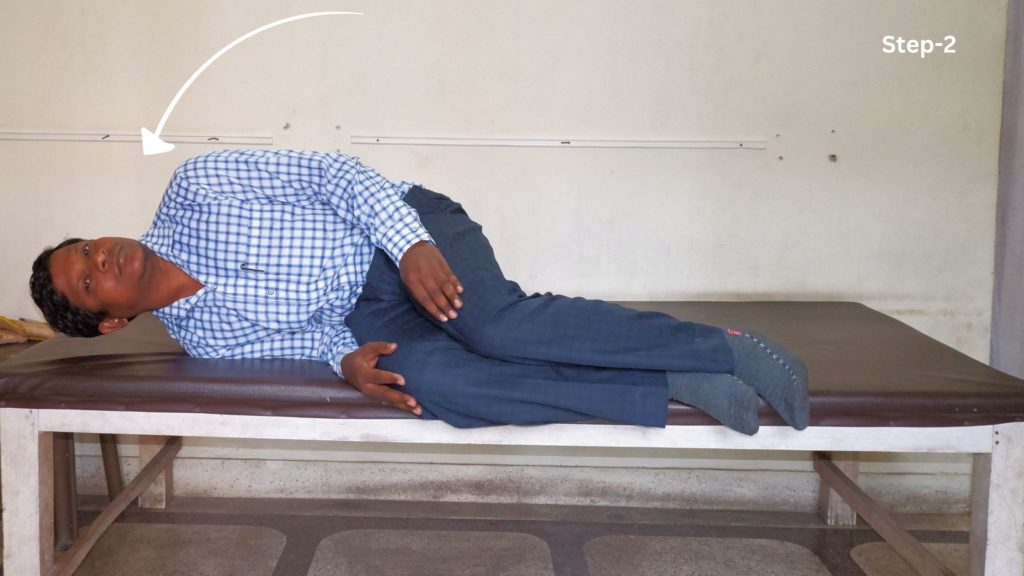
In the next step, you have to quickly lie down on the healthy ear side (right side) while your head is maintained at a 45° angle as in the previous step. Notice the figure that the nose is pointed to the roof.
Maintain this position for 1 minute and then quickly follow the next step.
Step 3: Quickly swing over to the affected ear side
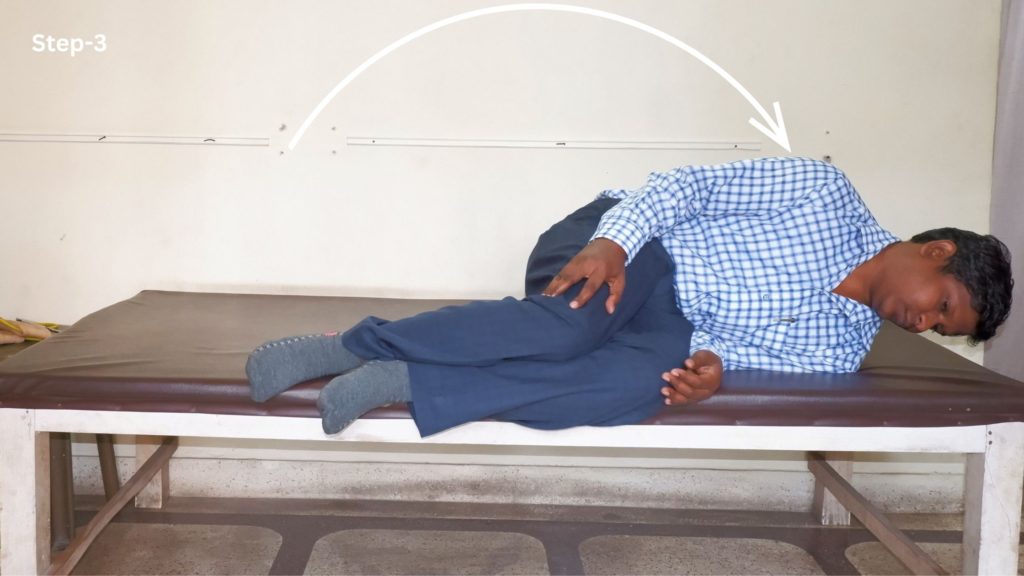
While the head is still kept in 45° of rotation toward the side of the affected ear, rapidly swung yourself over to the side of the unaffected ear (left side in our case), so that the nose now points downward.
The particulate matter in the semicircular canal now moves toward the exit from the canal. This position, too, should be maintained for at least one minute.
Step 4: Come back to normal sitting
The patient then returns slowly to the initial sitting position with the head still maintained in a turned position. The particulate matter settles in the utricular space, which can no longer induce rotatory vertigo.
This sequence should be performed three times in a row, three times per day, in the morning, noon, and night. Most patients are free of symptoms after doing this for three days.
Other vertigo home treatment exercises
A recent study has found that external electrical stimulation of the vagus nerve by electrical stimulation has improved the symptoms of vertigo and associated migraine. “Our study provides preliminary evidence that nVNS (noninvasive vagus nerve stimulation) may provide rapid relief of vertigo and headache in acute vestibular migraine and supports further randomized, sham-controlled studies into nVNS in vestibular migraine”.
Fortunately, it’s very easy to apply, and anyone can do it at home. Learn everything about it HERE.
Several vestibular rehabilitation therapy exercises have a positive effect on the symptoms of BPPV. These exercises aim to improve the brain’s ability to adapt to changes in the vestibular system, improve postural balance and reduce symptoms of dizziness and vertigo.
To learn more details on these exercises you can read our article “Say Goodbye To Dizziness: Easy Vestibular Rehabilitation Therapy Exercises For BPPV Vertigo Relief!“, here we just discuss a few exercises to stabilise the gaze.
1) Eye exercises for vertigo

- Focus on the target at arm’s length, maintaining focus horizontally while rotating the head, keeping the target still.
- Focus on the target while maintaining focus by horizontally rotating the head and target in the opposite direction.
- Repeat the exercise with the head moving vertically.
- Keeping the head still while maintaining the gaze moves the target from side to side.
- Keeping the head still, look up then look down, first do it slowly than quickly.
- Keeping head till, look from side to side, first slowly than quickly.
2) Head exercise
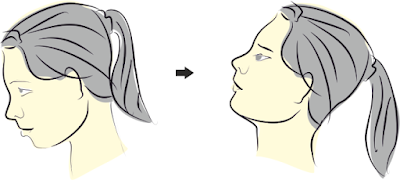
- Bend the head forward then backward with the eye open, first slowly then quickly.
- Turn your head from side to side with eyes open. First slowly then quickly.
- As dizziness improves repeat the exercises with eyes closed.
Final word
The Semont manoeuvre has proven to be an effective treatment option for BPPV vertigo by dislodging and removing floating matter in the semicircular canal inside our internal ear. By following proper techniques and seeking guidance from a healthcare professional, patients can experience a significant reduction in vertigo symptoms and improve their overall quality of life.
Keep reading: 7 Home Exercises for Cervicogenic Headaches That Actually Work
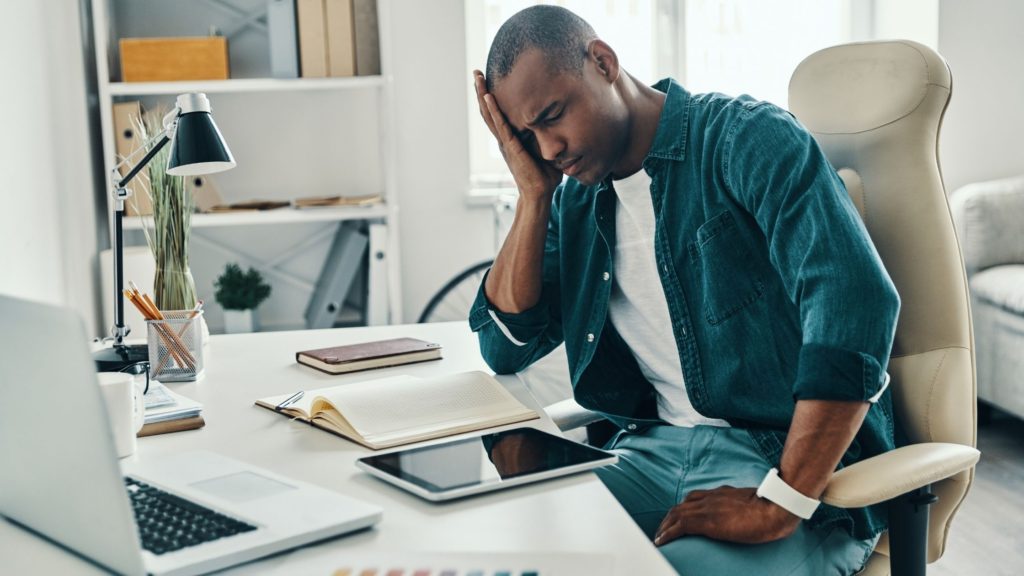
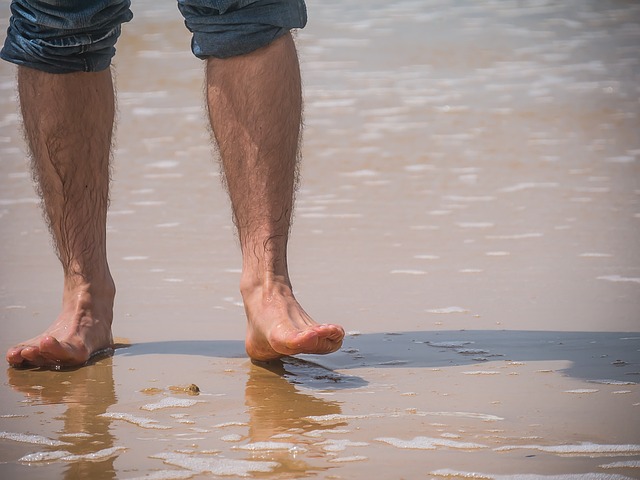

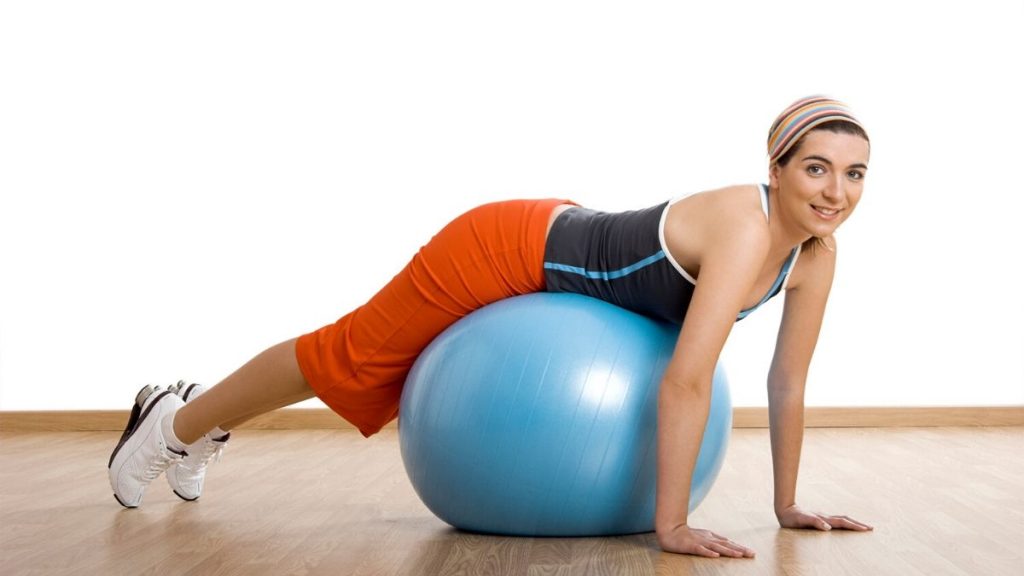
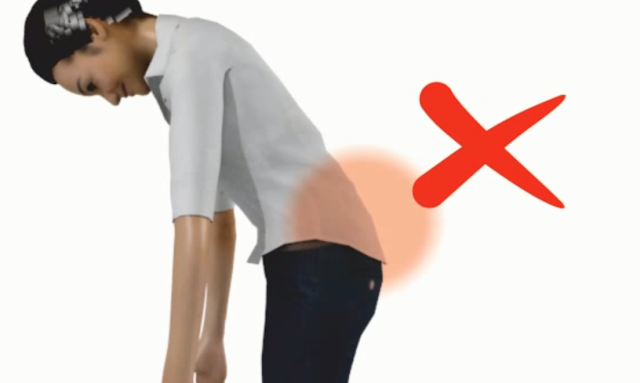
Pingback: Why do we get dizzy when we spin? Due to ears? - Physiosunit
Pingback: Where does migraine come from? - Physiosunit
Pingback: Where does a migraine headache hurt? : Physiosunit
Thank you..
good
Thnx Ravish 🙂
Very useful info 🙂